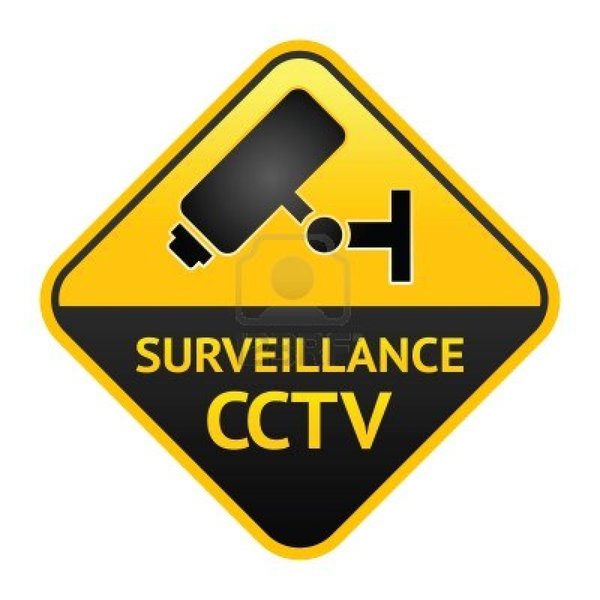Understanding the Parts of a CCTV Surveillance System

From the outside, a CCTV system may look complex or confusing, but the reality is they are very simple to understand. There are only a handful of components needed for a successful CCTV system installation. Once you understand the basics, buying and installing a CCTV system could prove to be much easier than you think! The key to success when installing a CCTV system is planning, education, and implementation. Here are the basic components of a CCTV system explained:
Security Cameras:
The security cameras of a CCTV system are obviously a vital component. But the truth is that not all security camera types are created equal, nor do they all have the same features. There are many different security cameras on the market that are designed to support different applications and mounting option, and it is up to you to choose the security camera that best supports our installation requirements. Regardless of if you are using adome camera, bullet camera, covert camera, or PTZ camera products; you need to evaluate each security camera type and their features. These features could include their resolution, power type, lens type, mounting option, or any other unique features that are relevant. Security cameras in general are simple to mount, easy to power, fast to connect. So the more you understand the needs of the areas you are trying to secure, the easier it will be for you to choose the right security cameras for your project.
Security DVR:
The security DVR is the heart of a CCTV system. This is where the video the security cameras are capturing is recorded, stored, and managed. The security DVR will come with software pre-loaded that gives you the freedom to manage and configure each security camera individually. Every security camera will have to be cabled back to the security DVR. Security DVRs are available in 4, 8, and 16 channel configurations, and each security camera will attach to its own channel. So it is important to choose the security DVR that will support the amount of security cameras you are planning to install. Again, not all security DVR products are the same. Some have faster recording speeds, more storage, more features, and stronger warranties. Like anything you always get what you pay for. Since buying a CCTV system is seen as an investment, it is always recommended to choose the security DVR that offers the best warranty. These are electronics and they do fail.
CCTV Cable:
CCTV cable is the cable type used to attach the security cameras to the security DVR and their required power supply. Most professional installers use a Siamese CCTV cable for their installations. This is essentially two cables that are attached together to make one simple to install cable. A Siamese CCTV cable features an RG59 coaxial cable for transmitting video from the security cameras back to the security DVR, and an 18 gauge 2 conductor power cable that sends power from the security camera power supply to the camera its self. CCTV cable is durable, easy to install, and is usually sold in 500 and 1000 foot boxes.
BNC Connectors:
BNC connectors are terminated on the ends of the RG59 coaxial cable and allow a plug and play installation between the coaxial cable, security DVR, and each security camera. BNC connectors are really the strongest connectors on the market, plus they are most common for high bandwidth video applications. Once the coaxial cable of the CCTV cable has been terminated with a male BNC connector, connections can be made with the female BNC connectors that are on the back of the security DVR and the security camera.
CCTV Power Supply:
The CCTV power supply will allow you to power the security cameras. CCTV power supplies are available in 24VAC or 12VDC power types, and they are offered with different voltage strengths. So you need to evaluate the amount and type of power your security cameras need, and choose the right power supply to support them. CCTV power supplies are available in single, 4, 9, and 16 camera configurations. The CCTV power supply is where the power cable in the Siamese CCTV cable will be connected to on one end, while the other end is connected directly to the security camera. CCTV power supplies are simple to install and maintain, along with being very durable and long lasting.
Tools:
There are minimal tools needed to install a CCTV system. A basic screw driver will allow you to mount your security cameras, and you will need a cable stripper to prepare the CCTV cable, and a termination tool to install BNC connectors on the ends of the CCTV cable. Other than these few basic tools, a CCTV system really just entails attaching numerous products together. This is why almost anyone can install a CCTV system on their own!
Putting it all together!
As you can see a CCTV system consists of only a handful of different components or devices. And it takes very little effort to install them all and get the system up and running. The best advice is to do the research, educate yourself, and not overlook any components. Each component is important and must be implemented correctly, but if you do a little research you can get all the information you need to ensure your CCTV system is a complete success!


